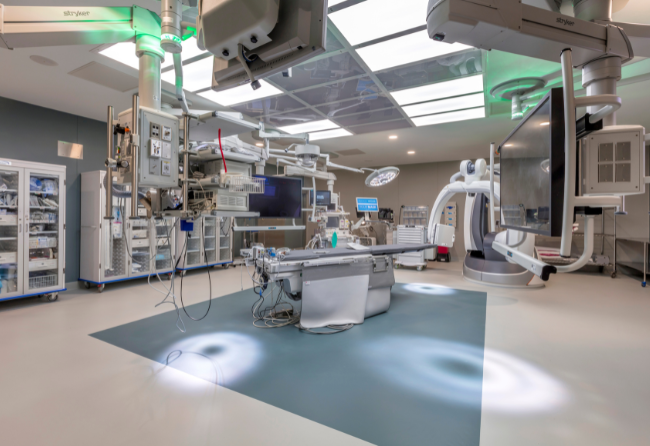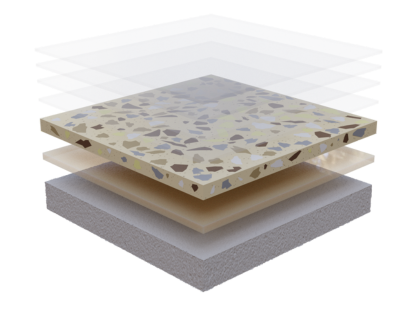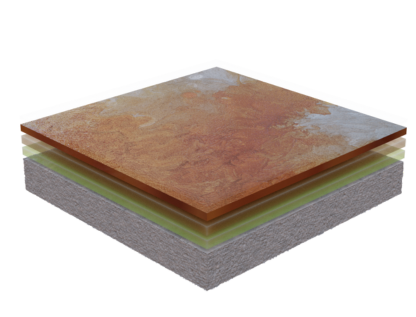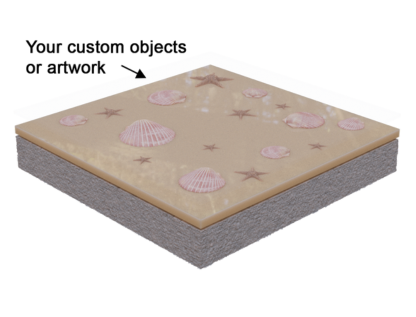Resilient Flooring
Durable, ergonomic, easy-to-maintain flooring often found in healthcare and educational environments. Resilient floors can withstand heavy usage in commercial and residential settings as well.

Engineered for comfort, flexibility, and durability.
Stonhard seamless, resilient flooring offers the perfect blend of strength and design, standing up to heavy traffic while delivering comfort underfoot. We deliver versatility and longevity to any space.
What are Resilient Floors?
Resilient floors are firm, but give or “bounce back” which make them the preferred choice of healthcare and education designers, planners and managers. This term encompasses various types of flooring, including vinyl tile, cork, rubber flooring, and specially formulated polymer floors. Poured-in-place urethane floors possess less elasticity than other materials, but offer degrees of flexibility under foot, providing more comfort than many other hard surfaces.
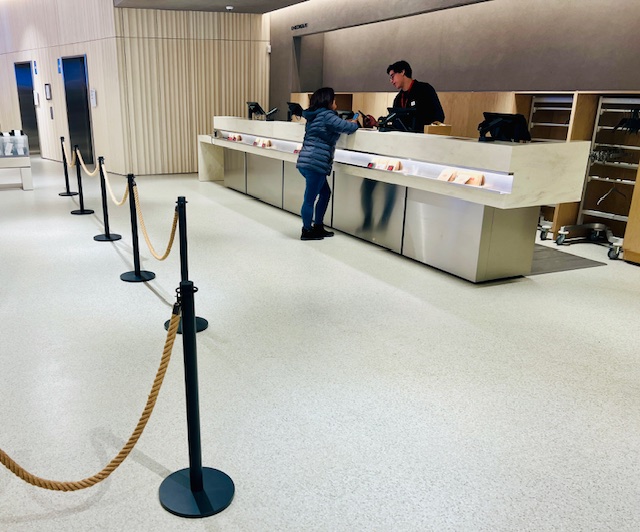
Benefits of Resilient Flooring
Resilient flooring offers many benefits, such as:
- preventing slip-and fall accidents which cause employees or visitors physical and/or emotional trauma
- saving money on replacing easily-worn floors. Resilient floors are durable, waterproof, and long-lasting
- providing an ergonomic standard of comfort underfoot to keep employees healthier and happier
- achieving noise-reduction in places like schools and public places.
- choosing a custom appearance -- your choice of design, patterns, and finishes, and colors.
Resilient Floors are Perfect For:
Explore a Project
Explore projects where resilient flooring made all the difference. Dive into real-world examples where our expertise delivered flooring solutions built to last in the most demanding environments.
Recommended Resilient Flooring
Stonhard formulates resilient floors for every environment. Our team of Territory Managers, Architectural and Engineering Representatives will assist you in choosing the best product for your environment with the look you desire.
FAQ
Got questions? We've got answers. This FAQ section covers the most common inquiries about resilient flooring to help you make informed decisions.
Sheet, tile, plank, and poured-in-place resinous flooring.
Resilient flooring can be made from multiple materials, including sheet vinyl, LVT (luxury vinyl tile), and VCT (vinyl composition tile), cork, linoleum, rubber, and some resinous materials like polymer floor coatings.
Resilient floors have an elasticity to them and are easier to maintain. Traditional resilient floors, such as sheet vinyl, are typically less expensive than non-resilient floors. Non-resilient floors have harder surfaces and are not flexible. Non-resilient floors include brick, ceramic, porcelain tile, stone, wood, and others.
Resilient floors are most often installed in commercial areas like medical centers and hospitals, educational institutions, retail shops, health and fitness centers, office buildings, hospitality environments, residential buildings, and more.
Resilient floors are naturally waterproof resistant, repelling spills, splashes, or water from shoes. Resilient floors do not absorb water. For a floor to be truly water resistant (that is, to be able to contain water and prevent it from leaking below), a waterproof membrane would be required. Waterproof membranes can be applied to seamless, resinous floors.
Although non-resilient, hard-surface floors are more durable, some resilient floors are durable in areas with moisture and can last for a long time.
Resilient floors are easily cleaned and do not require much maintenance. Sweeping and vacuuming are the easiest ways to remove dirt and debris from your resilient floor. A damp mop or microfiber rag can also be used to pick up excess dust for a deeper clean.
Typically, 1-4 days, depending on the type of floor.
Related Flooring Features
Expert Guides & Resources
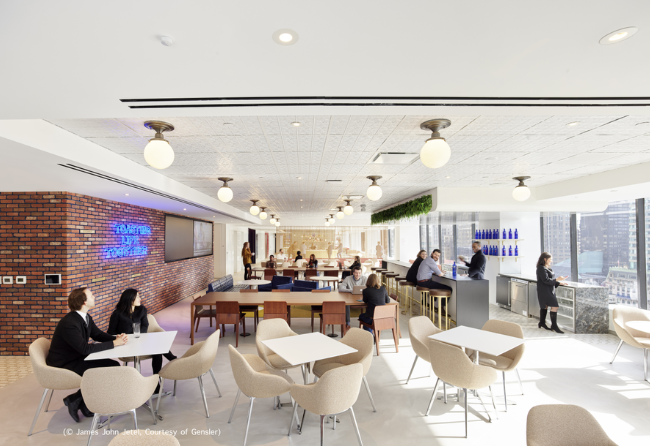
Is Resilient Flooring or Hard Surface Flooring Better for My Facility?
Trying to decide between resilient and hard surface flooring for your commercial space? We break down the pros and cons of each option. From durability and maintenance to comfort and design, we explore everything you need to know to make the best choice. Don't miss this comprehensive guide!

The Right Floors for Your Commercial Space
Stonhard has a multitude of resilient flooring options in a wide range of colors, patterns, textures, and finishes for your commercial space. Bring the ultimate seamless flooring experience to support and delight your customers, guests, and hardworking staff.
 Office Buildings
Office Buildings
